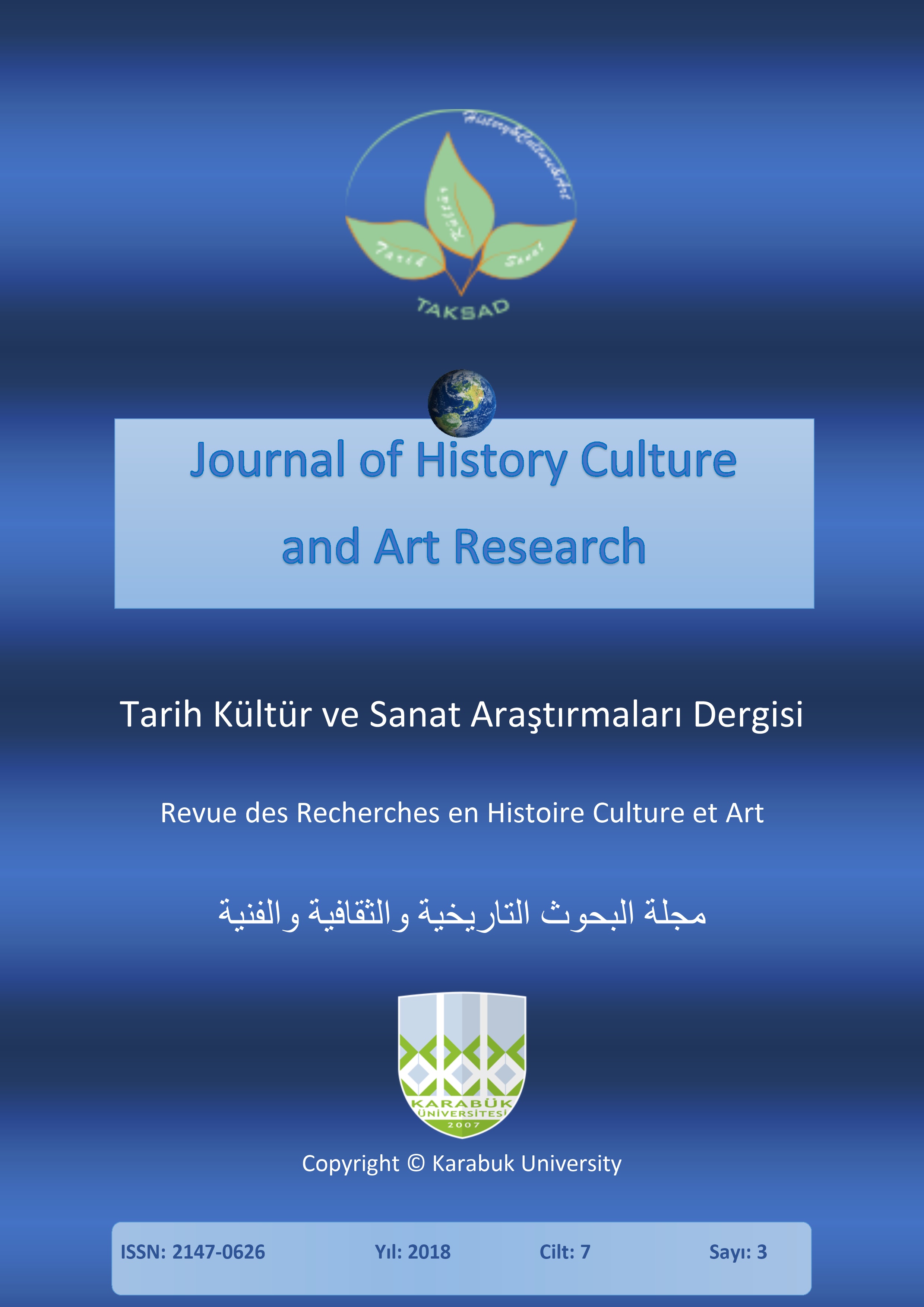Myth and Identities in Romanticism – The Role of "Forerunner Identities"
DOI:
https://doi.org/10.7596/taksad.v7i3.1638Keywords:
Romantic identity, Romantic myth, Forerunner identities, Earlier movements, Humanism, Renaissance, Philobiblists, Pre-romanticism.Abstract
Neither the romantic identity nor its spirit belongs to the romanticism itself. They aroused in earlier movements of cultural, religious, and political character. At the cultural level, the birth of romanticism was preceded by great intellectual movements: Humanism and Renaissance; at the social and political level, the powerful repercussions of the French and American revolution preceded the "awakening and growing of the idea of solidarity between individuals of one race, one language and one nation". At the ecclesiastical level, however, such were reformation and counter-reformation. These premises represent the forerunner identities of romanticism. They provoke its birth and determine its character. Only above them, romanticism revived the myth of common culture, paved the way for the formation of national languages, and institutionalized the awareness of the national state. This paper deals with this everlasting relationship between the romanticism and forerunner identities. The paper analyses the presence of the aesthetical premises in writing history in humanism and the transformation of this archetype in Romanticism. We also analyse the way how the Renaissance futures were transformed into a principle for history recognition and recreation of the myth in Romanticism. Closely, we will analyse the "identities" from which the romantic myth was born. The paper also discusses the idea how pre-existing ideologies of Humanism, Medieval Period, and how philobiblistic or pre-romantic authors influenced the creation of a romantic awareness and influenced the birth of the romantic myth.
References
Anderson, Benedict (1983). Imagined Communities: Reflections on the Origin and Spread of Nationalism. London: Verso Editions and Neë Left Books.
Bobi, Gani (1997). Sprovimet e modernitetit, Vepra 1. Pejë: “Dukagjini”.
Çabej, Eqrem (1998). Romantizmi në Europë Lindore dhe Juglindore dhe në literaturën shqiptare, in: “Jeta e Re”, a thematic issue.
Fay, Elizabeth (2002). Romantic Medievalism - History and the Romantic Literary Ideal. Palgrave Macmillan.
Frashëri, Mid’hat (2017). Vepra të zgjedhura I (Instituti i Studimeve Historike. Tiranë: “Lumo Skëndo”.
Kaiser, D. A. (2004). Romanticism, Aesthetics and Nationalism. Cambridge: Cambridge University Press.
Kamp, Anthony (1991). The Estrangement of the Past: A Study in the Origins of Modern Historical Consciousness. New York: Oxford University Press.
Qosja, Rexhep (1990). Histori e letërsisë shqipe I, II, III. Prishtinë: “Rilindja”.
Schiller, Friedrich Von (2018). Letters Upon The Aesthetic Education of Man (in: http://public-library.uk/ebooks/55/76.pdf, (accessed on 02.01.2018).
Smith, Anthony D. (1999). Myths and Memories of the Nation. New York: Oxford University Press.
Smith, Anthony D. (1999.) The Ethnic Origins of the Nations. New York: Blackwell Publishers.
Thiesse, Anne-Marie (1999). La création des identities nationales – Europe XVIII-XX siècle. Mars: Éditions de Seuil.
Todorov, Tzvetan (2008). L’esprit des Lumières, biblio essais, Le Livre de Poche Editions Robert Laffont. Translated in Albanian language: Tzvetan Todorov, Fryma e Iluminizmit, translated by the original by: Begzim Kamberi. Prishtinë: “Buzuku”.
Downloads
Published
How to Cite
Issue
Section
License
All papers licensed under Creative Commons 4.0 CC-BY.- Share — copy and redistribute the material in any medium or format
- Adapt — remix, transform, and build upon the material for any purpose, even commercially.
Under the following terms:
Attribution — You must give appropriate credit, provide a link to the license, and indicate if changes were made. You may do so in any reasonable manner, but not in any way that suggests the licensor endorses you or your use.
- No additional restrictions — You may not apply legal terms or technological measures that legally restrict others from doing anything the license permits.







